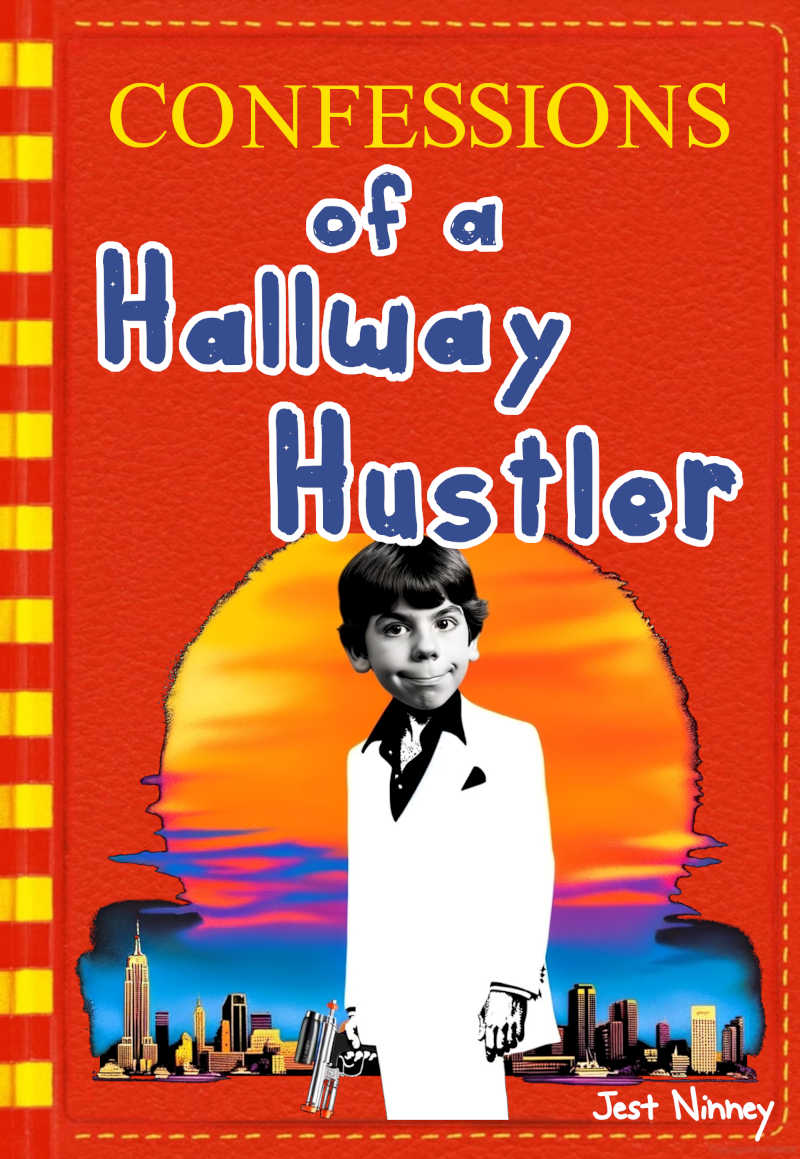What Is Close Reading?
Close reading is a method of analyzing a text by paying meticulous attention to details such as language, structure, and themes. It is a crucial tool in literary and media studies for understanding the nuances and complexities of a text.
Definition of Parody
Parody is a form of satire that imitates another work, usually for the purpose of comic effect or social critique. It plays a significant role in culture and media, offering a lens through which we can view and critique society.
This article aims to explore the relationship between parody and close reading, focusing on how one informs the other.
Techniques of Close Reading
Some common techniques used in close reading include annotation, looking for patterns, and asking questions about the text. These techniques help us to dig deeper into the text and understand its multiple layers of meaning.
Parody as Close Reading
Creating a parody involves a form of close reading. To effectively mimic and critique an original work, one must understand its nuances, themes, and stylistic elements. This understanding comes from a close reading of the original text.
Understanding the Target Text
To create a potent parody, it’s crucial to closely read the target text. This helps you understand its key elements, themes, and style, which you can then mimic or critique in your parody.
Identifying Points for Critique or Humor
Close reading helps you identify specific points in the target text that can be critiqued or made fun of in the parody. This makes the parody more effective and impactful.
Examples
For instance, the TV show “Saturday Night Live” often parodies political speeches. The writers closely read the original speeches to identify key phrases or gestures to exaggerate, making the parody both humorous and critical.
Close Reading Parodies
Discerning Implied Criticism
Close reading a parody can help us understand the implied criticisms or commentaries on the original work. For example, a parody of a pop song might exaggerate the repetitive lyrics, implicitly criticizing the lack of originality in popular music.
Understanding the Parody’s Own Merits
Parodies can also be close read to appreciate their own complexities and nuances, separate from the original work. A well-crafted parody is not just a copy but a creative work in its own right.
Parody as Entertaining Close Reading
A well-crafted parody serves as an entertaining form of close reading. It makes the critique of the original text accessible and engaging to a broader audience.
The Balance of Humor and Critique
Effective parodies strike a balance between humor and critique. They are entertaining but also offer insightful commentary on the original work, making them both amusing and thought-provoking.
By understanding the relationship between parody and close reading, we can better appreciate the art of parody and the depth of the texts it seeks to critique. This understanding enriches our engagement with both forms, making us more informed readers and creators.
Further Study
- Dentith, Simon. “Parody.” Routledge, 2000.
- Hutcheon, Linda. “Irony, Nostalgia, and the Postmodern.” University of Toronto Press, 1998.
- Rose, Margaret A. “Parody: Ancient, Modern, and Post-Modern.” Cambridge University Press, 1993.

